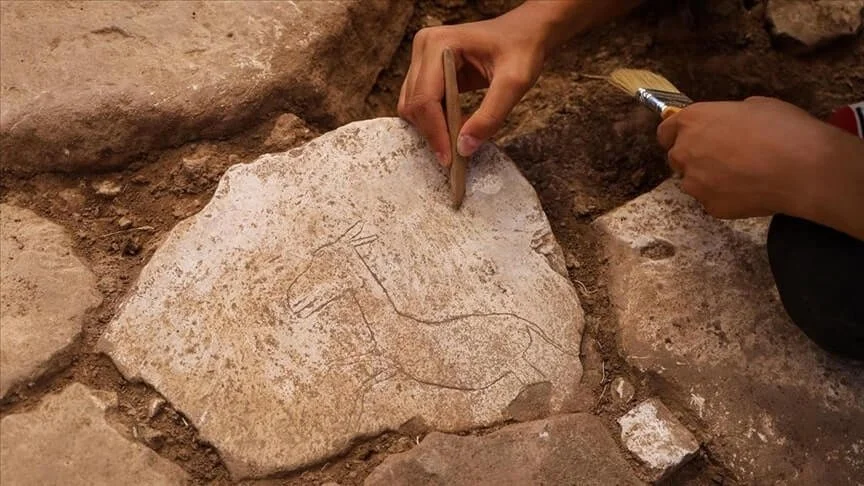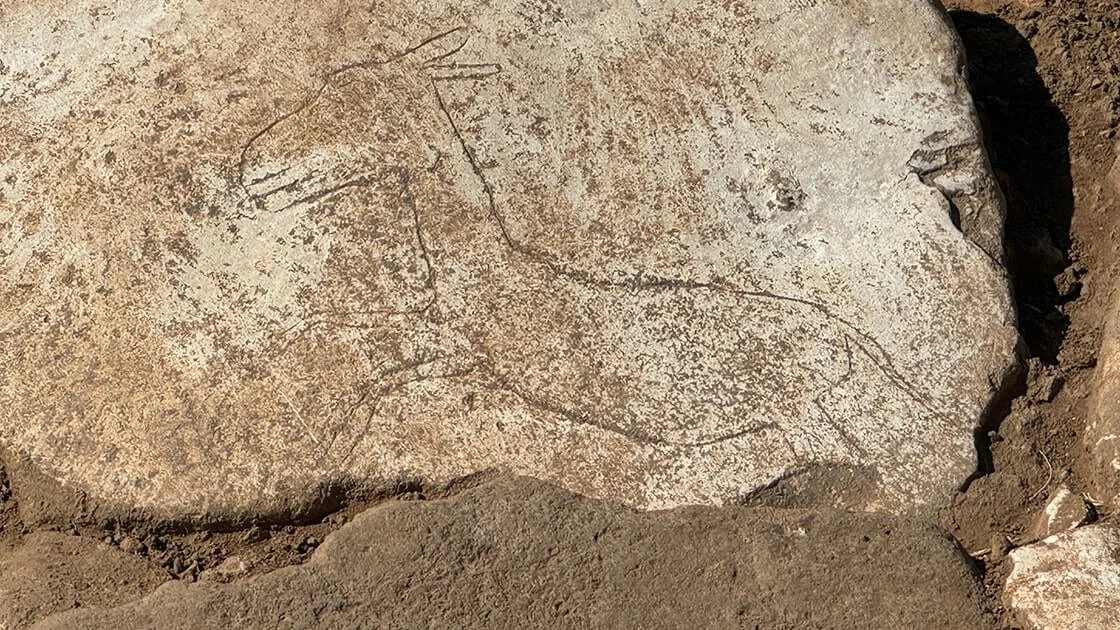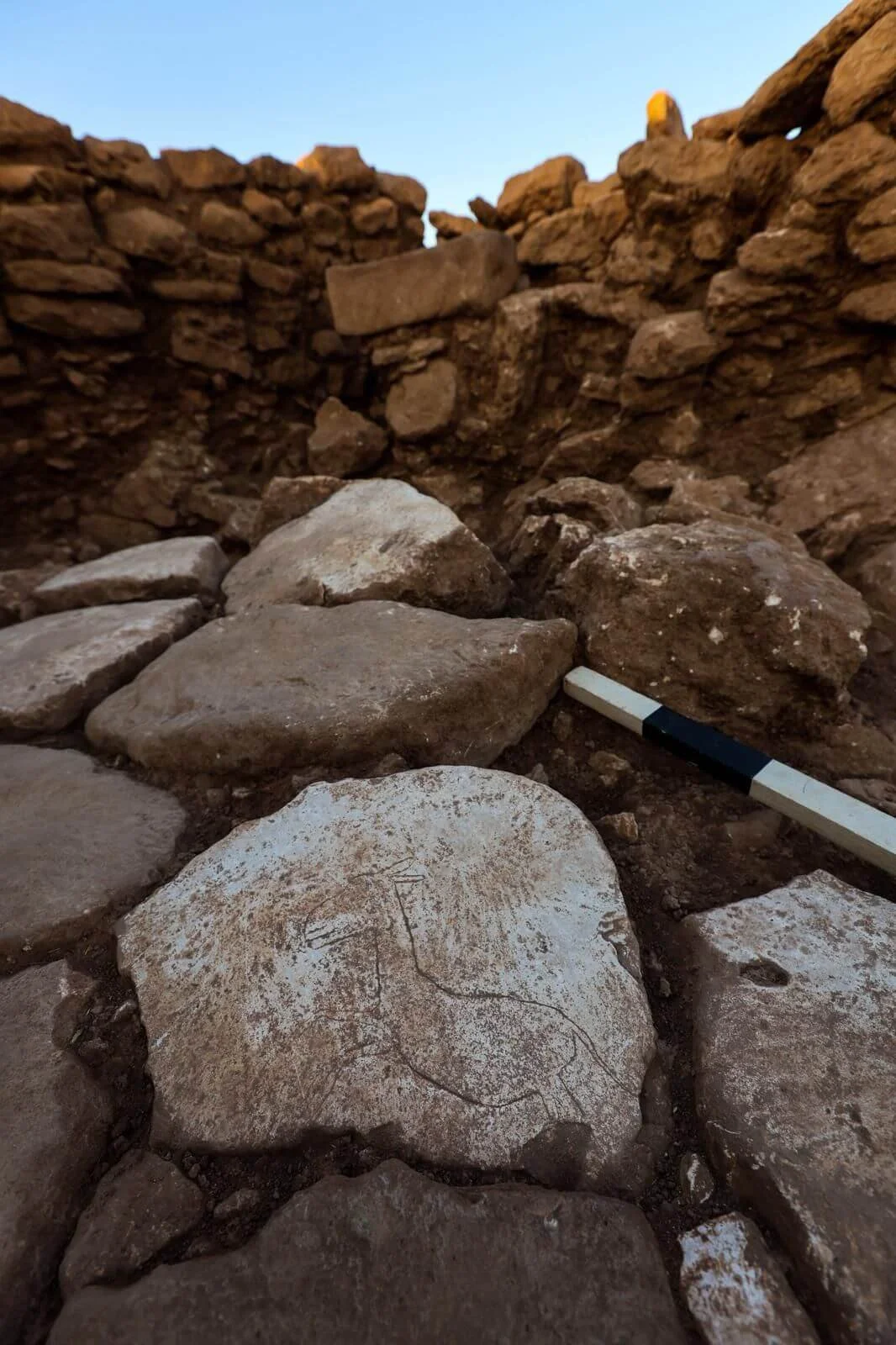Recent excavations at Karahan Tepe, one of the oldest known Neolithic sites in southeastern Turkey, have led to the remarkable discovery of a carved figure of a running wild donkey. This intricate carving, etched into stone, was found alongside a grinding stone in a sunken structure, adding a unique element to the site’s vast array of early human artifacts. The figure represents not only the artistic expression of Neolithic communities but also provides insights into the symbolic relationship between humans and animals around 11,000 years ago, enriching our understanding of prehistoric life.
This discovery underscores the significance of Karahan Tepe, a key site in the Pre-Pottery Neolithic era, which was marked by the development of agriculture and settled communities. The running wild donkey figure stands out for its dynamism, suggesting an intimate knowledge of the behavior and anatomy of wild animals. Such carvings contribute to the broader narrative of how early human societies viewed and interacted with the animal world, often incorporating animals into their symbolic and spiritual practices.
Karahan Tepe, like its more famous counterpart Göbekli Tepe, forms part of the broader archaeological landscape of the Fertile Crescent. The site has yielded numerous fascinating artifacts, including monumental stone structures and human-animal carvings, revealing much about early belief systems and social organization. The newly discovered carving adds another layer to the understanding of the artistic and symbolic richness that characterized the Neolithic period in this region.
In light of these discoveries, ongoing excavations at Karahan Tepe promise to continue reshaping our understanding of early human history, offering glimpses into the lives, beliefs, and environments of some of the earliest settled communities. This wild donkey carving is a testament to the complex interactions between humans and the natural world during a pivotal time in history.
For more information, visit the original article here.









